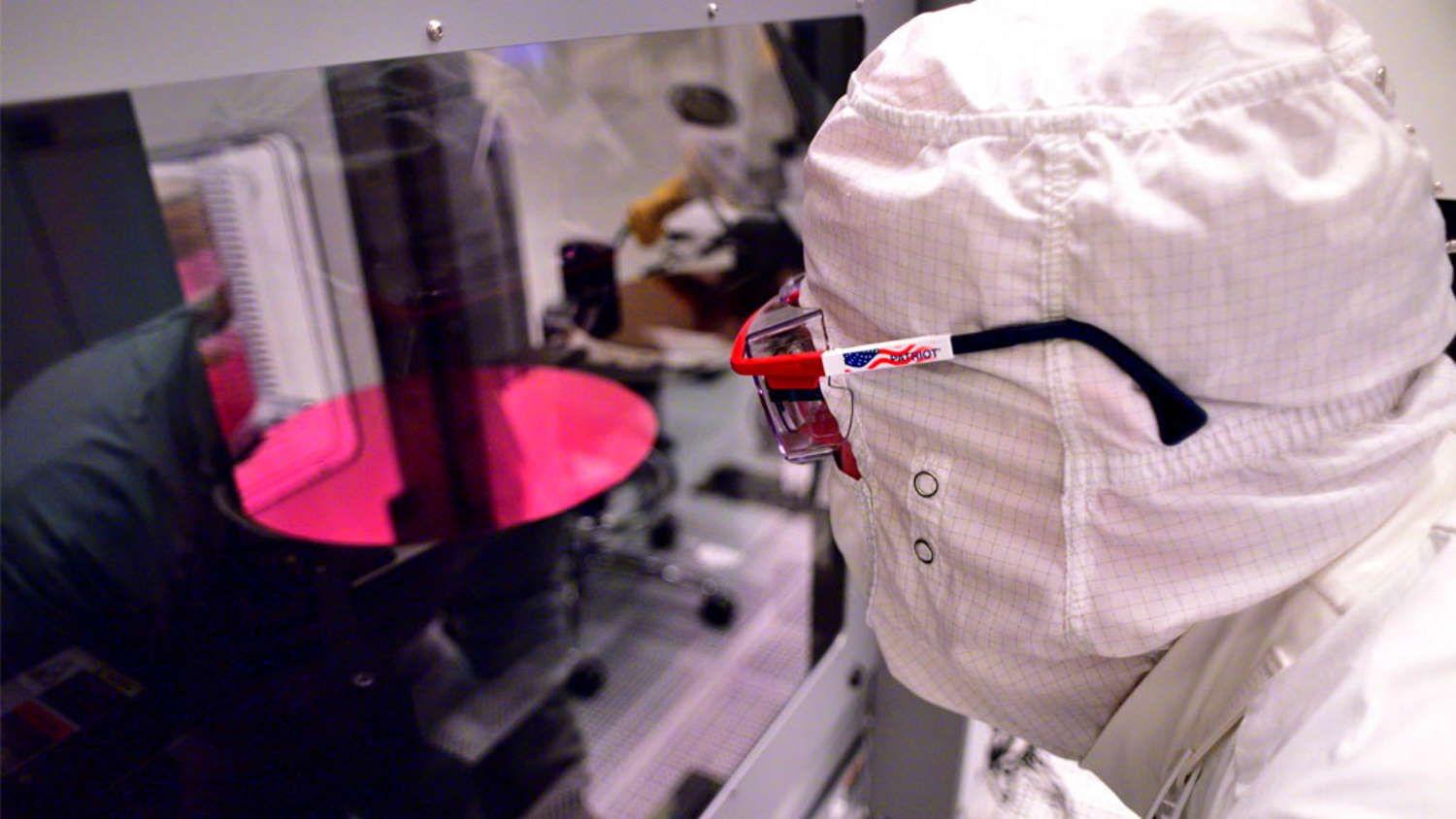Nowadays data breaches aren’t rare shocks—they’re a weekly drumbeat. From leaked customer records to stolen source code, our digital lives keep spilling into the open.
Git services are especially vulnerable to cybersecurity threats. These are online hosting platforms that are widely used in the IT industry to collaboratively develop software, and are home to most of the world’s computer code.
Just last week, hackers reportedly stole about 570 gigabytes of data from a git service called GitLab. The stolen data was associated with major companies such as IBM and Siemens, as well as United States government organizations.








